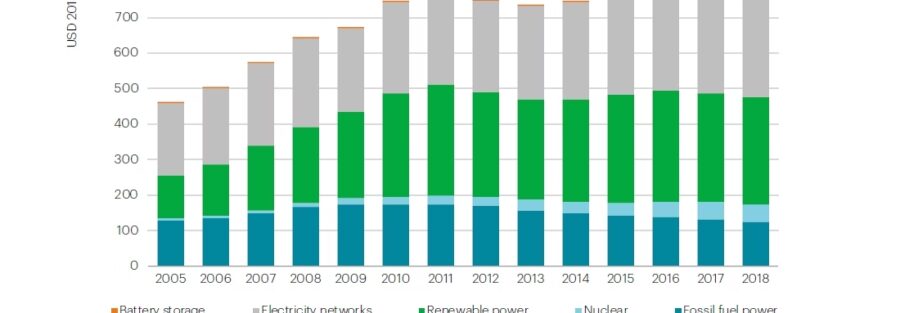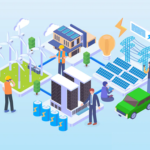Comparison of the Energy sector-based Millennium Development Goals with the Sustainable Development Goals.
The lessons from the Millennium Development Goals have been applied to the Sustainable Development Goals to give them a more all-encompassing perspective. The Sustainable Development Goals’ emphasis on “all forms” of poverty and “everywhere” in Article 1 suggests that they are meant to apply to all facets of society. Additionally, it includes the poor who live in developed countries by encompassing both developing and developed countries. Additionally, it is evident that by engaging the business, technology, and science worlds in the Sustainable Development Goals, the process carried out only with the state and civil society in the Millennium Development Goals can be achieved with the cooperation of all diverse sectors.
The MDGs’ interpretation of the results is evaluated in light of the overall goal, which also obscures the shortcomings in numerous specific components. This indicates that, even in industrialized nations, the overall goals have been reached, but some social groups are still struggling to make ends meet. Despite the fact that the underutilization or underdevelopment of a particular segment of society may suggest a high degree of well-being in terms of overall metrics, the issues will not just affect the disadvantaged but also the rest of society. For instance, a higher prevalence of crime occurs in areas where there is a lack of food or education, which will cause issues in wealthy neighborhoods.
The Sustainable Development Goals highlight lifelong learning, but the Millennium Development Goals contain a target for primary education. Education should be inclusive and equal, it is also emphasized. It could make sense to prioritize basic education first since it is covered by the Millennium Development Goals rather than the Sustainable Development Goals. It will be impossible to achieve this goal at the level of basic education necessary for the development of human capital once we reach the stage of the Sustainable Development Goals with evolving technology and expanding communication possibilities. A key factor in achieving all other objectives is raising educational standards.
Another significant aspect that may even have more of an impact on the increase in human capital than the length of education is the mention of education quality in the Sustainable Development Goals. In terms of inclusivity, the 2030 literacy target set forth in the Sustainable Development Goals is also consistent with the overall strategy of the SDGs.
In order to support all the objectives, universities must provide high-quality technical and vocational education. With the development of technology, impoverished communities will be able to increase their educational attainment, which will help to better their economic and social conditions. Increased technical and vocational training will make jobs more accessible to individuals who are now poorer as well as those in specific parts of the world.




